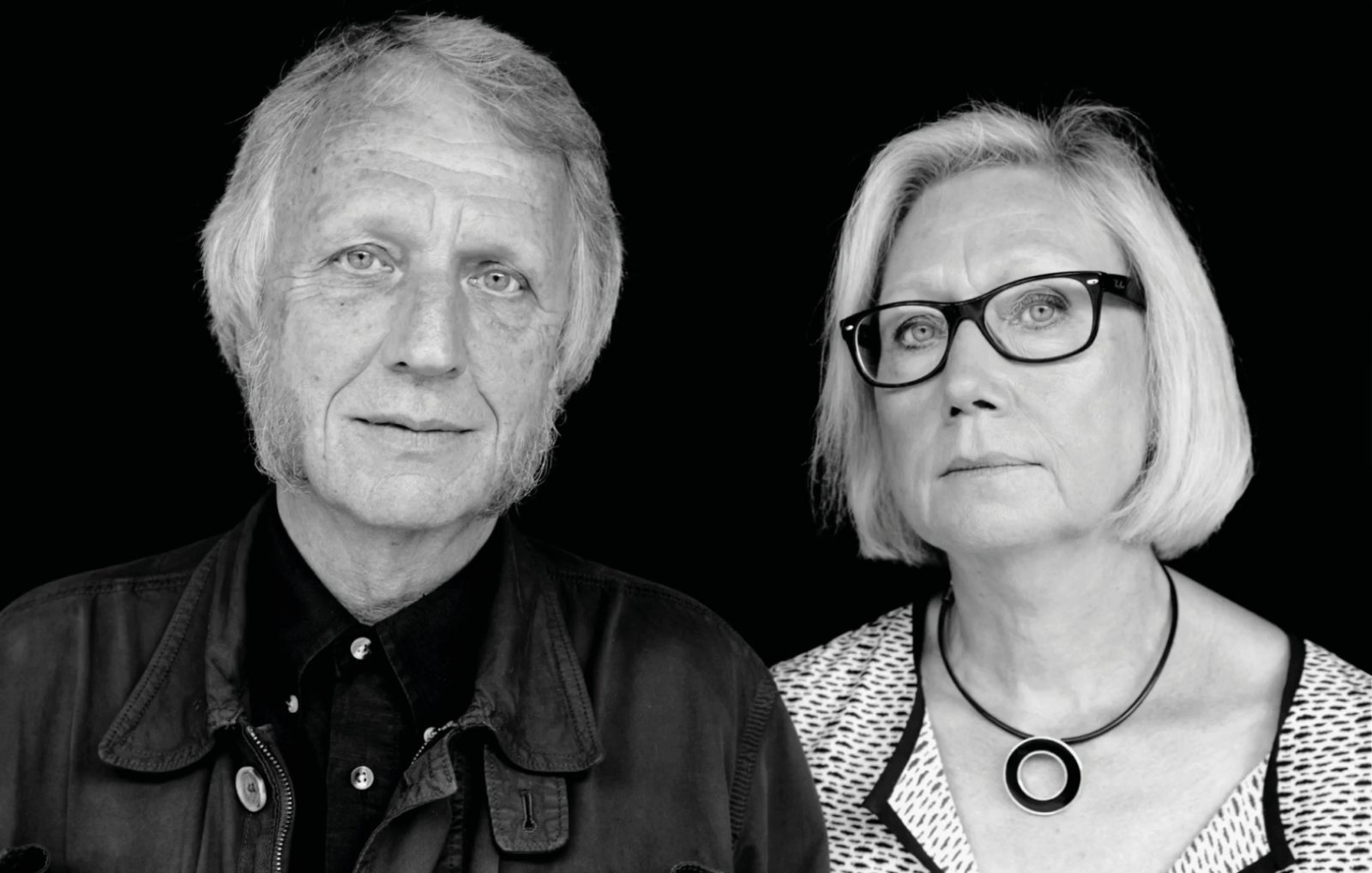A creative profession was basically written in the stars; their mother was an artist with a home studio, and their father had a doctor’s practice nearby. Knut and Marianne moved freely between their parents’ different worlds. One moment they were sneaking into the practice to X-ray their toys, and the next they were sculpting in mum’s studio. After training at Frederiksberg Technical College in Copenhagen, they both became furniture and interior designers. In 1979 they started at IKEA, and that’s where they stayed. Here you will learn more about these super-siblings, hear about how they worked, and find out more about some of the thousands of products they’ve designed.
Knut and Marianne’s imaginative games during childhood laid the foundation of something that would influence the homes of millions. Indeed, you could say that their free creativity is now packaged in IKEA flat packs all over the world. Let’s have a look inside.

